- News
- Reviews
- Bikes
- Accessories
- Accessories - misc
- Computer mounts
- Bags
- Bar ends
- Bike bags & cases
- Bottle cages
- Bottles
- Cameras
- Car racks
- Child seats
- Computers
- Glasses
- GPS units
- Helmets
- Lights - front
- Lights - rear
- Lights - sets
- Locks
- Mirrors
- Mudguards
- Racks
- Pumps & CO2 inflators
- Puncture kits
- Reflectives
- Smart watches
- Stands and racks
- Trailers
- Clothing
- Components
- Bar tape & grips
- Bottom brackets
- Brake & gear cables
- Brake & STI levers
- Brake pads & spares
- Brakes
- Cassettes & freewheels
- Chains
- Chainsets & chainrings
- Derailleurs - front
- Derailleurs - rear
- Forks
- Gear levers & shifters
- Groupsets
- Handlebars & extensions
- Headsets
- Hubs
- Inner tubes
- Pedals
- Quick releases & skewers
- Saddles
- Seatposts
- Stems
- Wheels
- Tyres
- Health, fitness and nutrition
- Tools and workshop
- Miscellaneous
- Tubeless valves
- Buyers Guides
- Features
- Forum
- Recommends
- Podcast
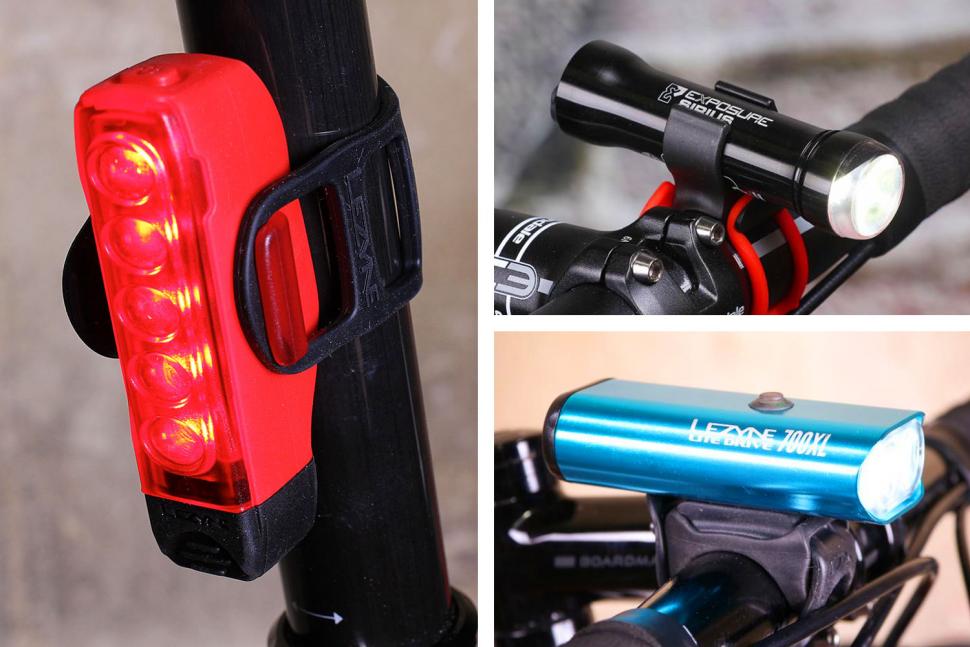 Should cyclists use daytime running lights Sept 2018
Should cyclists use daytime running lights Sept 2018Should cyclists use daytime running lights? Plus the best front and rear daytime cycling lights
You need front and rear lights for cycling in the dark, but do you also need to use lights in the daytime? We look at the argument for using lights during the daytime and round up a bunch of front and rear lights to consider if you do want to increase your visibility.
The best daytime running lights
- Lezyne Strip Drive Front — £29.49
- Magicshine Seemee 30 Combo — £24.99
- Giant Recon TL 200 rear light — £29.04
- Exposure Link Daybright — £55.96
- Blackburn DayBlazer 1100 — £55.99
- See.Sense Icon 2 rear light — £79.99
- Exposure Lights TraceR DayBright — £39.60
- Exposure Lights Sirius DayBright — £75
- Lezyne Strip Drive Pro 300 rear light — £52
- Lezyne Lite Drive 1000XL — £59.49
- Specialized Flux 900 Headlight — £69.99
- Bontrager Flare R City — £24
- Moon Comet-X front bike light — £15.75
It may not have escaped your attention that all new cars sold in the UK legally have to have daytime front lights. So should cyclists also be looking to boost their visibility when cycling in the daytime with front and rear lights? In a recent survey of 500 road.cc readers on Twitter, 52% said they do want daytime lights. It perhaps wasn't the result we were expecting.
Read more: The best front lights for cycling — beam comparison plus how-to-choose guide
To meet this demand, there are a growing number of bike brands marketing lights with daytime running modes, but what does this actually mean and are they any different to lights designed for nighttime cycling?
Exposure Lights has added a new Day Bright mode to its front and rear lights this winter. And it is more than just a flashing mode says Exposure’s Mark Swift. “The DayBright pulse pattern is the most noticeable to ensure it is recognised at distance on rural roads and also enable the light to cut through the noise of the urban town or city traffic and road distractions within daylight hours," he says.
“As the pulse pattern is not regular, once seen DayBright stays highlighted by the brain's receivers and ensures the cyclist is noticed,” adds Mark.
Why would a cyclist want to use lights during the daytime? Surely there’s no need when it’s light?
“Why not!” says Specialized’s William Watt. “Beyond smart responsible riding, visibility on the road is quite simply the most important investment a rider can make in their safety, particularly in a congested urban environment where every road user has a multitude of distractions. Daytime lights give the rider that extra layer of visibility on the road, particularly for that notorious black spot on the near side of traffic.”
It's not always bright and sunny during a typical UK winter day though. It’s often murky, drab and almost dark. Daytime lights can be used in these conditions says Exposure's Mark to help make cyclists stand out in changing light conditions and when “cycling in cities between building or country road in and out of tree cover where the sun cuts through the gaps but is then eclipsed by an obstacle the drivers eyes can sometimes not adjust fast enough. DayBright ensures the cyclist is spotted.”
It’s a stance that is backed up by See.Sense, a company that launched an intelligent daylight back in 2013 and every light since has had a daytime focus. “Daylight visibility has been really important to us right from the start,” the company tells road.cc. “When you consider that 80% of cycling accidents happen during the day, attracting attention to other road users as early as possible during these times is really quite crucial. Think about modern cars, they have their lights running almost any time you see them on the road. Why shouldn't it be the same, if not even more important for cyclists?”
That 80% figure that See.Sense refers to is based on evidence compiled by ROAP and you can read more facts and figures about the number of cyclists injured or killed in accidents here.
The argument for using daytime lights is starting to gather pace, but has anyone actually carried out a detailed survey to assess the impact of cyclists running daytime lights? Handily, just such a survey exists. It was conducted in Denmark in 2004/05 with 3,845 cyclists and concluded that those cyclists with permanent running lights recorded a 19% lower incident rate than a control group not using lights.
“The study shows that use of permanent bicycle running lights reduces the occurrence of multiparty accidents involving cyclists significantly,” the controlled experiment concluded. You can read that paper here.
So should we all start using daytime lights then? See.Sense recommends using flashing lights to help attract attention sooner. “When you have lights that flash brightly from both front and rear can help alert drivers sooner than a solid light, reducing risks out on the road,” the company tell us.
13 front and rear daytime lights
If you’re interested in daytime lights, here are a selection currently available in bike shops. There are loads more lights to consider in this buyers guide and don’t forget the beam comparison engine if you’re shopping for lights as well.
Lezyne Strip Drive Front — £29.49
The Lezyne Strip Drive 400 has been updated with a bright and really eye-catching day time flash, commendable battery life and faster charging. As with the old model, it's also fairly light, easy to operate, has loads of functions and is waterproof too. It's more of a be-seen rather than seeing light, though.
Read our review of the Lezyne Strip Drive Front
Magicshine Seemee 30 Combo — £24.99
The Magicshine Seemee 30 Combo is a set of 30 lumen LED lights aiming to get you seen. The slim profile means they easily attach to seat posts, seat stays, forks or handlebars, and features such as infrared ambient light sensors are rarely found at this price. They're easy to use, stuffed with useful features and very visible around town.
Read our review of the Magicshine Seemee 30 Combo
Giant Recon TL 200 rear light — £29.04
Giant's Recon TL 200 is an excellent rear light, offering lots of brightness, useful modes and decent run-times.
The Recon TL 200 is a bigger and brighter version of the TL 100. Which you choose comes down to personal preference, but for the extra tenner the 200 gets our vote for the extra brightness and run-time it offers.
Read our review of the Giant Recon TL 200
Exposure Link Daybright — £55.96
The Exposure Link Daybright is a secondary helmet light that adds 360-degree visibility and is great for being seen in heavy traffic. Designed and made in the UK, build quality is exceptional, it's very tough and run-times are reasonable bearing in mind its size and two LEDs.
Read our review of the Exposure Link Daybright
Blackburn DayBlazer 1100 — £55.99
The Blackburn Dayblazer 1100 front light is the biggest of the Dayblazer family. It's a beautifully made, five-function, compact torch type, capable of producing – surprise, surprise – 1100 lumens in its brightest setting, great for blasting along backroads, but with lower settings, pulsing and strobing for more built-up areas and for daylight running.
Read our review of the Blackburn DayBlazer 1100
See.Sense Icon 2 rear light — £79.99
The See.Sense was arguably the first smart light that used sensors to alter the brightness and speed of flash to suit different lighting conditions, as well as being able to detect car headlights. The light was so well received that it won the road.cc People’s Choice award in 2015 and they’ve since followed up with the 300 lumen Icon 2. You can read the review here.
Exposure Lights TraceR DayBright — £39.60
The TraceR is Exposure’s smallest and most affordable rear light with its new Day Bright mode. It has a 75-lumen rating with a three to 24 hour run time, weighs just 35g and has three brightness levels. Side visibility has been considered in the design of the light as well.
Exposure Lights Sirius DayBright — £75
If you want a bright and lightweight front light for commuting then the Sirius is a good option, with 575 lumens bright enough for most riding situations and a choice of seven modes, including the new DayBright. It’s easy to use and mount to the handlebars, with a tactile power button and battery gauge LED.
Lezyne Strip Drive Pro 300 rear light — £52
Lezyne has been producing lights with daytime visibility in mind for the past five years, intended to be brighter with unique flash patterns to be more visible to other road users up to 1 mile away. It offers 15 lights with a daytime flash mode, here are two contenders.
The Strip Drive 300 rear light, with its 300-lumen output, is one of the brightest lights on the market right now but there are 11 modes to choose from to suit all riding conditions. It packs a 100-lumen punch in the daytime mode, definitely ensuring you’ll boost your visibility.
Read our review of the Lezyne Strip Drive Pro 300
Lezyne Lite Drive 1000XL — £59.49
For front daytime lights, Lezyne offers the Lite Drive 1000XL. The small unit comprises two LEDs pumping out 1,000 lumens with a high-visibility daytime flash mode.
Read our review of the Lezyne Lite Drive 1000XL
Specialized Flux 900 Headlight — £69.99
Not to be left out, Specialized has developed the Flux 900 front light with two different LEDs with dedicated optics to provide the ideal beam pattern, and it also offers a daytime flash mode which reduces the lumen count to 300.
Bontrager Flare R City — £24
Bontrager was an early proponent of daytime lights and this Flare R City light is its smallest rear light. Despite its diminutive proportions, the light packs out 35 lumens from a single LED and offers up to five hours in the dedicated daytime flash mode.
Read our review of the Bontrager Flare R City
Bontrager has even had some of the Trek Factory Racer pros using daytime rear lights during the 2015 Tour de France prologue stage, but that marketing stunt aside we’ve not seen the lights in use since.
Moon Comet-X front bike light — £15.75
Moon offers two lights with a dedicated daytime flash mode, using a slow pulse that is designed to boost visibility as well as maximising battery runtime, with a claimed 23 hours in this mode. It’s small and light and at 120 lumens in the daytime mode plenty bright enough. There’s also a matching rear light
Read our review of the Moon Comet-X light
So daytime lights then, will you be investing or is the cynic in you thinking that the bike industry is just trying to sell more lights? Let us know in the comments section below.
Explore the complete archives of reviews of front lights and rear lights on road.cc
David worked on the road.cc tech team from 2012-2020. Previously he was editor of Bikemagic.com and before that staff writer at RCUK. He's a seasoned cyclist of all disciplines, from road to mountain biking, touring to cyclo-cross, he only wishes he had time to ride them all. He's mildly competitive, though he'll never admit it, and is a frequent road racer but is too lazy to do really well. He currently resides in the Cotswolds, and you can now find him over on his own YouTube channel David Arthur - Just Ride Bikes.
Latest Comments
- brooksby 2 sec ago
https://www.youtube.com/watch?v=ue7wM0QC5LE
- stonojnr 12 min 53 sec ago
I think they'd think we were odder if we paid 52quid for a brush that any decent hardware store, we still have those right ? for a couple of quid.
- Eton Rifle 1 hour 49 min ago
The system for elderly drivers in the UK is insane. Basically, once you hit 70 years old, you have to re-apply for your driving licence every three...
- Moist von Lipwig 2 hours 18 min ago
Bit of googling gone wrong in the article - the JAT is the Junction Assessment Tool, the Joint Approval Team appears to be a coutner terrorism...
- HKR 3 hours 33 min ago
Can't believe that child threw his bike on the floor at the end of that. Young people today have no respect... ;))
- Griff500 2 hours 21 min ago
Its not the same stem fitted to the two bikes though, and we aren't talking about HTA we are talking about stem inclination or "stem rise" to use...
- TheBillder 11 hours 34 min ago
My new double glazed wooden framed sash windows are £1600 plus vat per (quite large) window. House built in 1904. The cost includes fitting and...
- galibiervelo 11 hours 50 min ago
We promote #bikefriday You dont need it - go for a spin. Nice bikes and kit are lovely, but not as noice as a dawn spin this friday morning with a...
- David9694 11 hours 53 min ago
Council acting like ‘the Sheriff of Nottingham’ with parking charges...
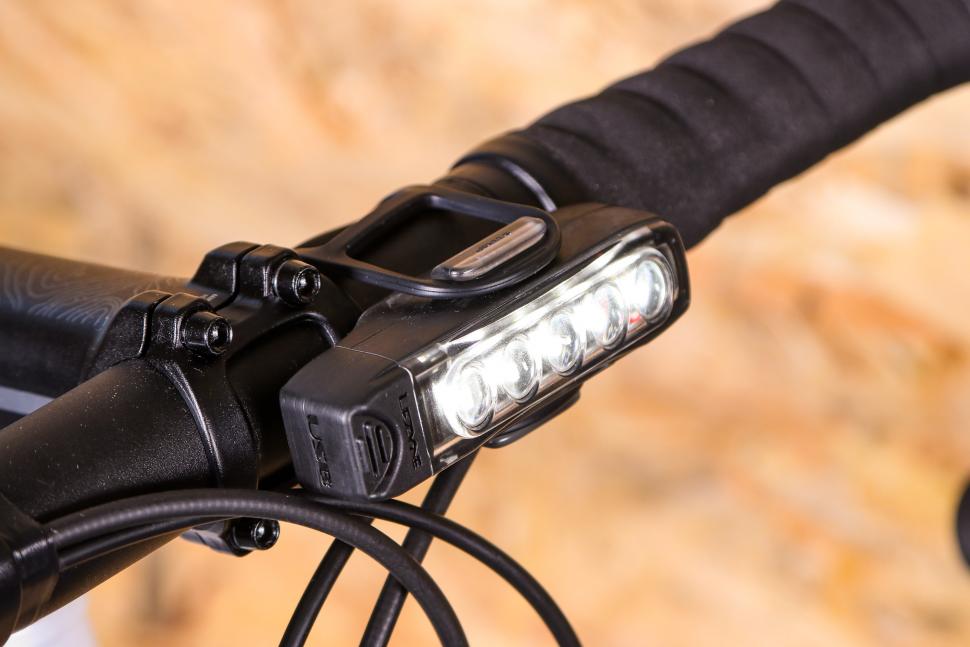

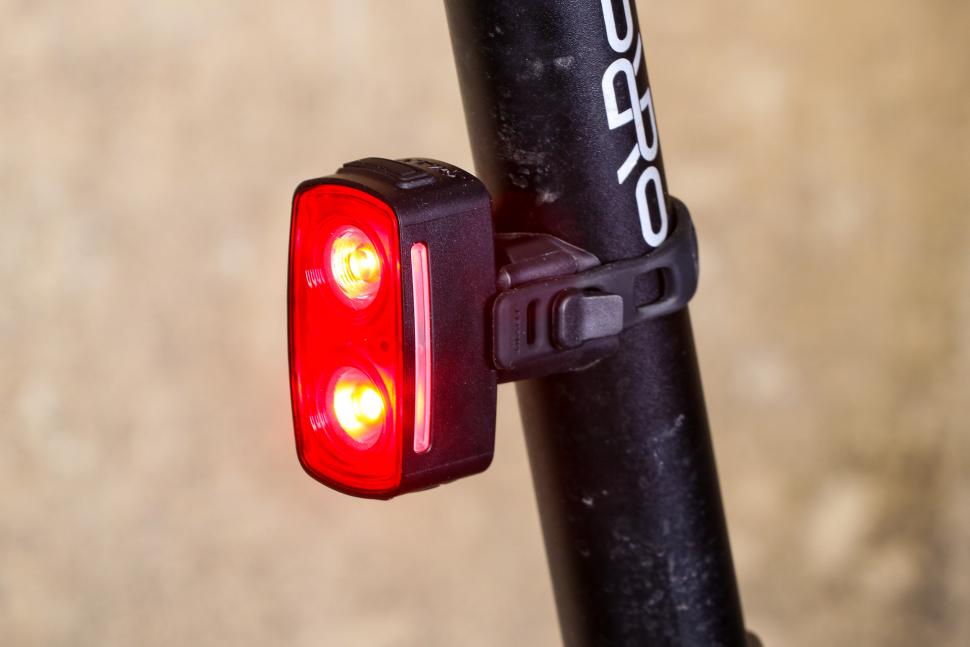

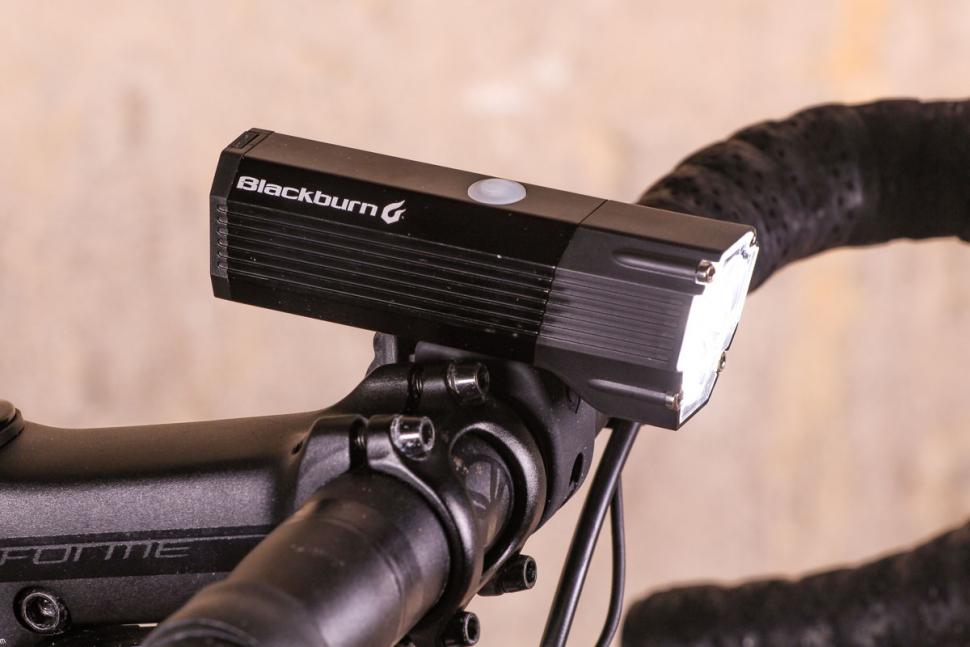
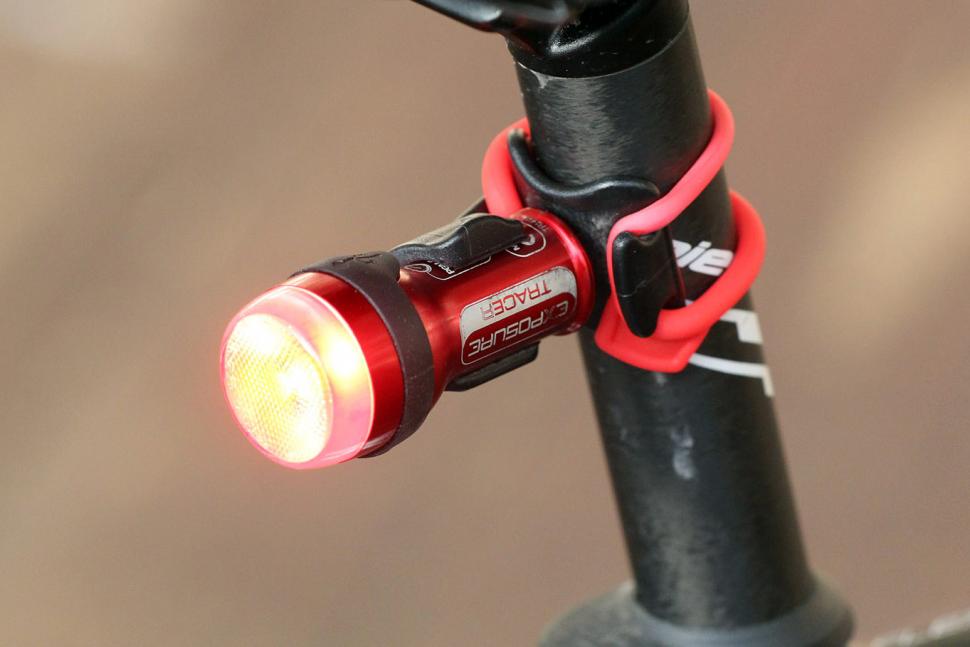

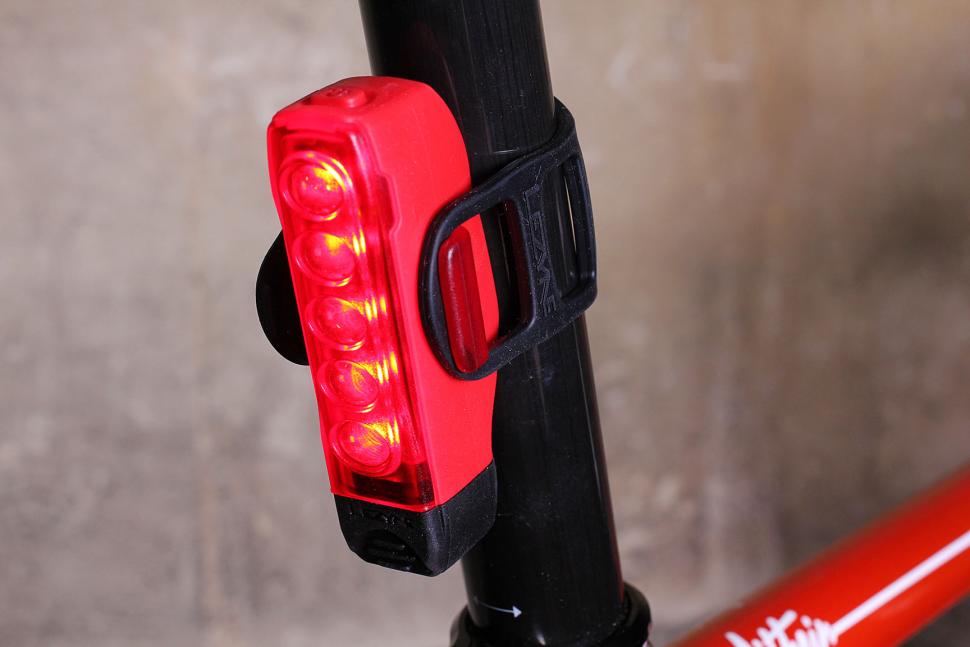
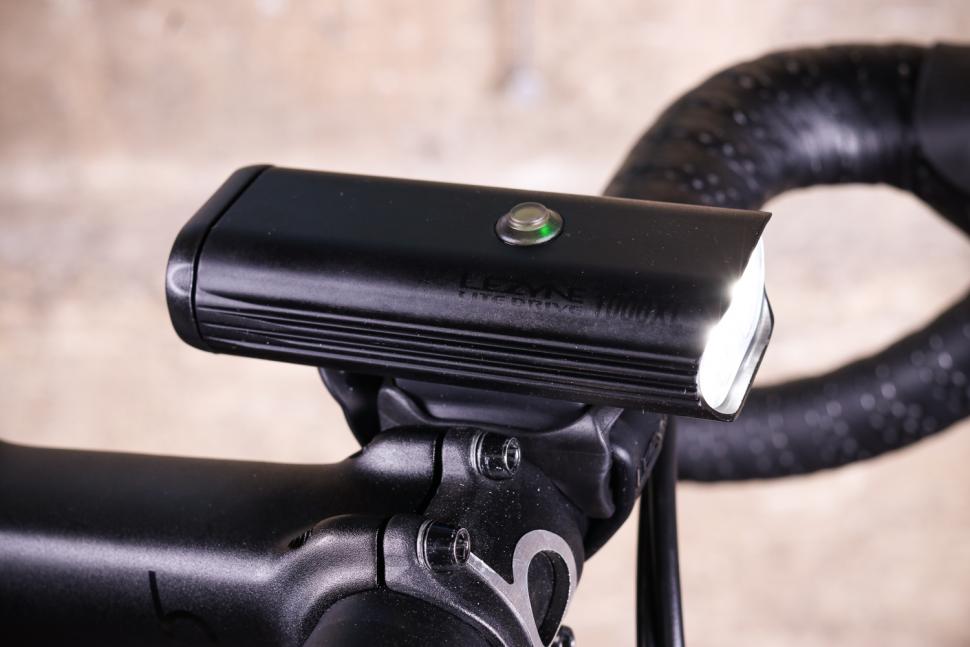
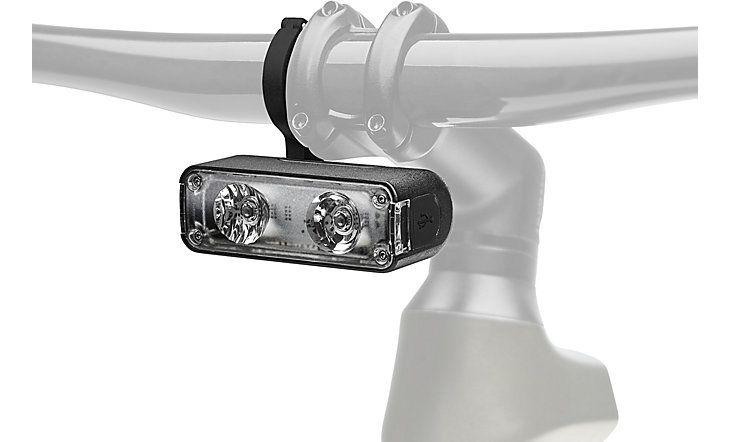
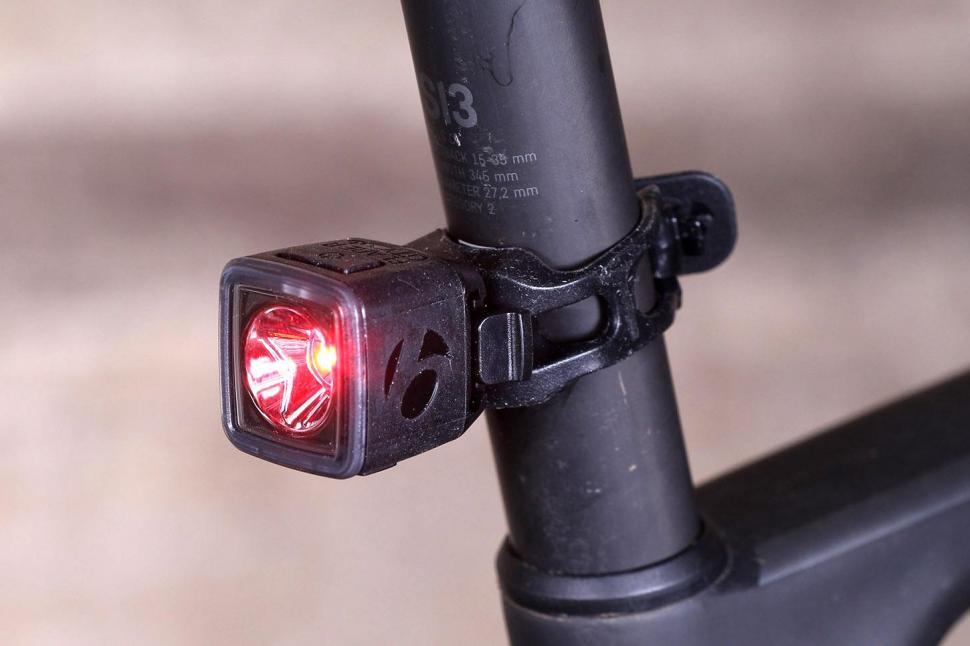
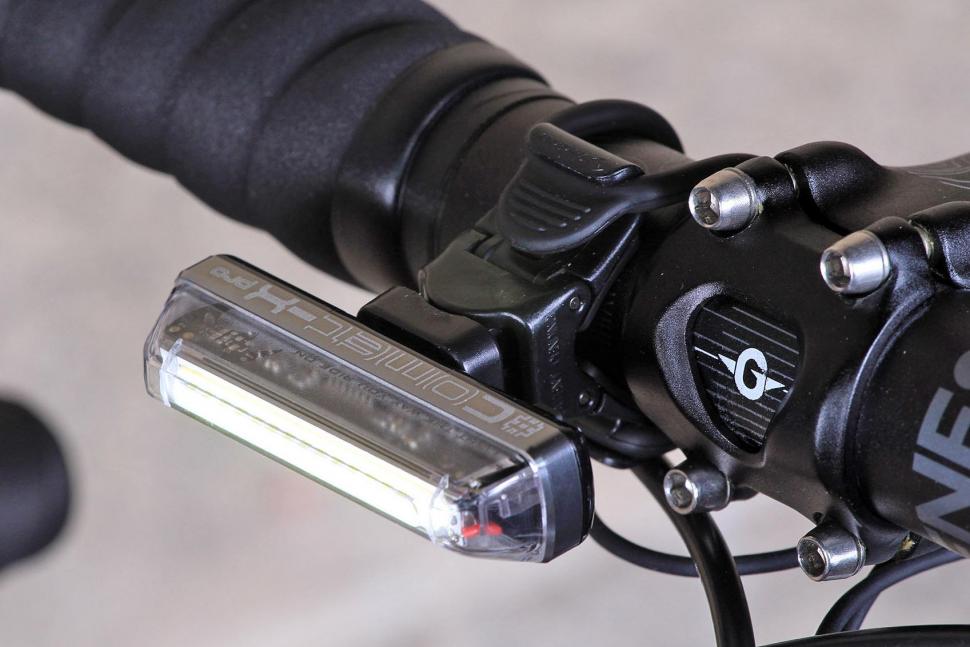
Add new comment
122 comments
Brexit gave you the same statistic expanded to the wider population!
I drive with dipped headlights, because sidelights during the day (or in mist) are a waste of time: they don't show up. You see the outline of the car before you see the lights! Cars without lights are a pain. Often I have been waiting to turn into a main road, see a car coming and think there's time to pull out, only to realise at the last moment that there is another, closer vehicle without lights that I didn't see straight away. Or I am passing a lot of parked cars and only realise when it's too late that I should have given way to a vehicle coming the other way, but as it had no lights it just looked like another parked car. (You can tell by the annoyed look on the driver's face as you pass.)
On balance I think it is probably a good thing that new cars have running lights and it would be better if all cars were required to show high intensity lights now, as those without any can be obscured by those that do. You can argue that the lights cause a problem that didn't previously exist -- they distract and claim attention when you should be noticing all vehicles -- but really the problem is the inconsistency, and at least lights help to distinguish moving from parked vehicles.
But it isn't particularly good news for cyclists. I figure that if I sometimes don't immediately see cars without lights, what chance do cyclists have? It does mean that cyclists have to keep up or risk not being noticed, so I cycle with flashing lights in the day. Perhaps sad, but it's today's reality. Now, if we had proper segregated facilities like in Holland, it wouldn't be a problem.
No, cyclists should not use lights in the daytime.
How many things are driven past, succesfully, by drivers every day? Hundreds, thousands?
Few of these objects have lights on, yet they manage to avoid being hit, and if they are hit, it is the drivers fault. How can you blame an unlit tree for not being seen, then hit.
Trees, dogs, trash bins, pedestrians, parked cars, traffic signs, guardrails, and many others are avoided all the time, and they are not lit.
If you can't avoid a moving, probably light colored five to six foot tall object right in front of you, you need to stop driving.
This is another case of blaming the victim, by suggesting that cyclists are at fault because they are not fifty foot tall, dayglo wearing beacons of light.
Why don't drivers put down the phones, razors, eyeliner, tacos, vibrators and hamburgers and DRIVE?
I'm in the yes camp especially for the rear, but to be effective it must be very bright and flashing.
Why? Well, they are likely to be at least partially effective:
Cost wise, frankly if I could spend £1,000 on a device that I could move between bikes that stopped cars close passing and crashing into me, I would. The enjoyment of riding the bike without having to worry about motorists putting me in the ditch, or worse, would easily be worth the cost Di2 or some carbon wheels. Said wonder device doesn't exist yet, so in the meantime, I'll spend a lot less on lights and take the proportionately smaller improvement they offer instead.
Pointless exercise. Those drivers who are paying attention might notice you a couple of seconds earlier, those who are not paying attention still will not spot you. No malice involved on anyone's part, simply acting the same way day after day and usually without any consequences.
That said, I am a hypocrite because my Fly6 rear camera is flashing away and my dynamo hub rear light us always on and I rarely bother to turn the front light off either.
I am in Japan (Yokohama prefecture) at the moment and the number of utility cyclists rivals anything I have seen in the Netherlands. No helmets in sight, very few lights at night, kids front and back with Mum or Dad pedalling away while holding an umbrella etc. It's a relief to ride without all the faff I accepted as normal in London.
There are plenty serious athletes here as well. They head out on club runs dressed the same as I used to back home, helmet, sunglasses, team kit etc. Seeing them alongside the electric assist Mama Chariot users shows what a wonderfully broad church cycling is and how what applies to one group might not translate to all cyclists.
"It may not have escaped your attention that all new cars sold in the UK legally have to have daytime front lights."
This has escaped my notice. I guess that means that all new cars are driving around with lights permanently on. Apart from being an unnecessary waste of resources, I find this a dangerous trend: More and more cars will have their lights on during the day and more and more drivers will become accostomed to seeing other lit cars, meaning that they will become less likely to register unlit cars AND BIKES.
Once spring arrives with longer daylight hours, I enjoy the freedom from charging lights and buying batteries and I can tell myself that my bike is a good few hundred grams lighter when I leave my lights at home (even if I can't actually feel the difference). So, I am against running daytime lights! But, given the new law/trend, I can see a time when I shall probably use them.
Well, as I'm not a tree or a lamp post, and I'm able to make a rational choice - in this case a choice to make being hit as difficult as possible for a inattentive drivers - I'm running flashing lights all day long.
'I'm able to make a rational choice - in this case a choice to make being hit as difficult as possible for a inattentive drivers - I'm running flashing lights all day long.'
a rational choice would involve running steady lights all day long. A fashion- or battery life-conscious one would go for the daft flashing ones. HTH.
Research says that flashing would be more noticeable - which is sort of the point - so i'm not sure that's a rational choice.
I recall reading somewhere that although flashing lights are more noticeable/attention grabbing, they make distance evaluation more difficult. So, steady lights might be better in some circumstances (probably nighttime), but I'd go for flashing during the daytime. (I run 2 lights at night, one steady and one flashing).
Some great debate here. A few things I feel I can correct...
DRLs became LAW for all new cars and vans sold in the EU in 2011.
Trees and other unlit obstacles arent on the road and do get hit by drivers.
Drivers are generally not highly trained, it is possible to SMIDSY - most cyclsits are drivers and I have yet to meet anyone who didn't SMIDSY a cyclist at some point. Surprise, surprise cars also hit..... cars. No driver wants to hit anything. It's called an accident for a reason. No one is blaming cyclists or putting the emphasis on cyclists. It's just life, get over it.
Flashing lights work to grab attention, as said above, that's why the emergency services use them.
There is little downside to using high vis / helmets / lights - yes you have to buy and maintain them.
The studies and evidence is there and compelling - the links are in the article - read them!
Lights won't make you safe, but they sure as hell help. Should they be law? I don't think so. Should you use them? I do and I think most people should.
Why not read the study before proposing a list of questions of what's wrong with it?
Where have we seen this utter failure specifically relating to DRLs? Please provide evidence, I would love to read it.
Mostly a crock of shit.
You even get the law incorrect in your opening salvo. Compulsory to fit, not to use.
The rest of your post is so full of lies and empty meaningless guff that has been covered elsewhere I can't be bothered to pick it apart.
You're just wrong
Am I really?
Let's look at the UK Govt info page :
https://www.gov.uk/government/publications/daytime-running-lights/daytim...
Clearly stated right there : "automatically activate when the engine is started"
How is that optional usage? Soundsmandatory to me. Take any car since 2011 and tell me how to drive it with them off? Well?
Don't be an opionated armchair warrior troll, do some proper research and post facts with evidence.
I agree there is little downside to using them, but every extra thing that becomes expected of a cyclist, is one more reason that people who don't cycle now will be put off starting, and that has wider implications for a society running out of space for single-occupant cars to get everyone where they need to go in good time, and one in which many would benefit from choosing to use active transport as an alternative.
Being expected (not even compelled) to wear a helmet and high vis and run lights at all times makes hopping into the car to pop down to the shop a mile away much more attractive than getting on your bike to do the same trip.
Excellent ...
... but I think I'll make my own decision, thank you.
The number one reason people aren't getting on bikes isn't that they're being asked to buy kit, it's the perception that they might get hit by another vehicle. Until we get the secregated cycleways needed, surely anything that improves safety and the perception of safety is a good thing!
No it isn't when it deters/discourages people from opting to commute by bicycle instead of by vehicle, & shifts the onus of responsibility from drivers onto the most vulnerable road users;
as well as distracting from the implementation of more effective measures such as segregagted cycle lanes.
(double post, sorry)
So which is the greater proportion:
(a) people that don't cycle as they have safety concerns
(b) people that don't cycle because they feel they need additional kit
We won't get segregated infrastructure until more people cycle.
Simply pushing back that drivers need to be more careful is being unrealistic. Drivers have accidents with lots of things (not just cyclists) and no one wants to have an accident.
Be idealistic all you want, but the reality is that only getting more cyclists will mean more cycling infrastructure.
Motorists have the resonsibility to watch our for and see cyclists. Cyclists have the responsibiity to be make themselves easily seen as possible. My street has loads of them and I can't believe how many, especilly at dusk/night aren't runnionf lights.Bright clothing isn;t the answer but at least a rear running light is. They'll see you up to a half mile away. At, say 45 mph, boom! >> They're on you but they've seen that blinky. There 's no guarantee that some idiot won't hit you but it certainly lowers the odds. Like the gent with his motorcycle andnow his bike, I did the same. I use a front in urban situations and turn it on/oof in more rural settings. (Plug: I love my Blackburn Flea. About USD 30; no battery; very light. Comes with a USB and you recharge it on your computer)
The vehicles are moving at roughly the same speed so it's easier to take care of things. They're 2x-5x the rate of bikes so that a different, say, field of vision and perspective. Except foe the dogs, your list is off road. Pleanty of dogs and other animals do get hit. Agree with the put- down- the list of things but that has little to do with the responsiblity of the rider to make him or herslf more easily seen. It seems you;re implying that the drivers have all the responsibilities and the cyclists have few or none.
Deep sigh,
Another pointless discussion.
If an individual wants to ride with daylight running lights, that's their choice just like helmets and high vis - not legal requirement.
Good luck if you think requiring these things by law is going to solve anything as I live in a student town where the kids just ride on the pavement at night because they don't have ANY lights. I went to the trouble of writing to my local MP many years ago asking why cheap bike lights are not legally required to be supplied with new bikes (like bells), he forwarded the question to the then minister for transport who replied that lights were required to be supplied with new bikes. I responded pointing out that the minister was wrong and subsequently received an apology from the minister - his name - Sadiq Khan! Did they change the law ? Nah, they didn't even consider changing the law!!!
The rozzers won't enforce it and the politicians don't even know the laws they are elected to make. therefore, this is another pointless discussion.
whereas if an individual wants to have a pointless discussion that's not their choice, they need your approval...?
You have the psychology entirely wrong.
People don't cycle because they have safety concerns.
Making more kit obligatory won't reduce those concerns in any way. Rather it will send home the message that not only is cycling indeed dangerous, but that the responsibilty for keeping safe is on the cyclist and hence if you do get injured it will be your own fault.
The logical conclusion from that is that the most responsible thing to do, because the 'safest' is to not stop at getting more lights and kit, but to go the whole hog and get a car instead, the ultimate in safety kit.
Meanwhile, of course, drivers will also get the message that the responsibility for safety belongs to the potential victim, and will just stop looking in proportion to how much more lights and high-viz etc the cyclists wear.
At both ends you are sending the wrong message.
And if 'nobody wants to have an accident', can you explain why so many drivers _do_ have such accidents?
Again, your take on psychology is flawed. You don't just 'want' or 'not want' an accident in some sort of binary choice - you balance the risks and costs of having one against the benefits and costs of taking more effort to avoid having one.
This is to be expected because as cyclists are making themselves less visible by wearing black clothing then we need something to get ourselves more visible again.
I personally refuse to become a blackshirt and wear everything bright I can.
The motorbike industry has shown us the folly of wearing black and have their headlights on constantly.
A message to the blackshirts, please use common sense and wear cycle clothing. As a motorist I'd rather see you sooner than later.
Randonneur, you are not just 'as a motorist'. You are a cyclist who also drives, or possibly a motorist who also cycles. You brain and thought processes are much more in tune with the visibility and vulnerability of cyclists.
There's been a number of threads covering the pros and cons of hi-viz (your bright cycle clothing). My take is the average motorist may not take anymore heed of a cyclist wearing hi-viz, than they would one wearing dark clothing, as the object they 'see' is not a danger to them sat in their one ton metal cage doing 30mph.
Many motorcyclists still wear black, they just also run with lights on. I wear mostly muted colours including a nice black rain jacket, but also use lights during daytime as I believe that motorists pay more attention. 'If it's got lights it's a vehicle'. However, as numerous 'close pass' vids show, there will always be some dangerous numpties who just don't get it.
Safe touring
P.S. Your hi-viz picnic is making me hungry and jealous at the same time!
*Clap, clap*
I have the Eposure Trace & TraceR. Both superb on the medium setting
I love this light with my garmin. The Garmin Varia Radar rear light lets me know if and how many cars etc behind. really good on quite roads as it letsd you know a car has cought you up many times befor you hear it. Also good if you are turning right. It gives me an idea when best to look over my sholder to check before pulling accross the road. I do use a front light as well. short rides fly12 long rides a big exposuer light.
Pages